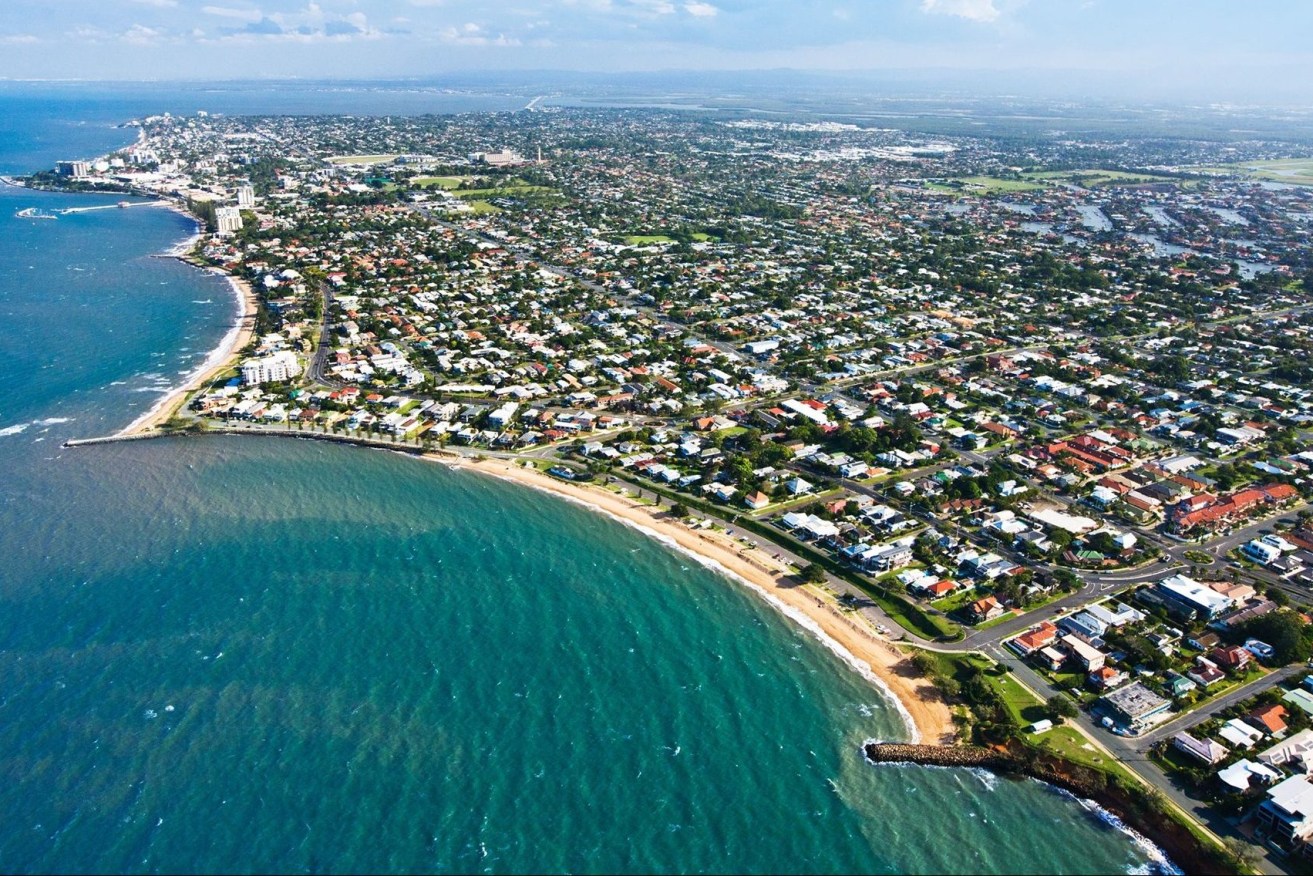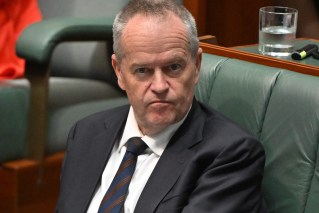Show us the money: Moreton Council trashes SEQ regional plan, demands cash
Moreton City Council would need almost 100 new houses every week for the next 25 years to cope with population projections and has demanded the State Government back up its draft SEQ plan with more money.


The population of the Moreton Bay region is expected to grow by about 300,000 over the next 20 years. Photo: MBRC
The council joins Noosa and Redlands in expressing concern about the State Government’s draft SEQ Regional Plan and its forecast population growth of an extra 2 million people in the region by 2046.
The projections show a need for an extra 900,000 dwellings to cope and Moreton was expected to shoulder the biggest burden.
Logan Council has also raised concerns about infrastructure and Deputy Premier Steven Miles has called on the councils to co-operate.
“We need to protect our great Queensland lifestyle, we need to plan for this growth, and we need councils to work with us,” he said.
Moreton’s Mayor Peter Flannery said the draft plan was also “devoid of any meaningful public transport planning”.
“This draft plan also falls short of our minimum employment growth needs by 50,000 jobs. Moreton Bay needs its fair share of the anticipated job growth. At a bare minimum, we will need 3.7 new jobs for every 10 new residents. The plan outlines only 2.3 jobs per 10 new residents,” Flannery said.
“We are asking for the State Government to show us the money and we will show you how to create a city that people love, even as it grows.”
The Government however points out that a $210 million Growth Area Compact was part of the South East Queensland City Deal and was also entirely for Caboolture West. It included $100 million in direct funding from the Queensland Government to add to the Moreton Bay Regional Council’s $10 million towards growth infrastructure and $100 million as a loan under the National Housing Finance and Investment Corporation.
Flannery said the infrastructure outlined for Moreton was not good enough.
“We can’t develop land for housing without infrastructure,” he said.
“By 2046 out population will be over 800,000 which is 300,000 more people living in out city compared with today.
“The growth is coming whether we like it or not and we are willing to accept that reality unlike some other councils. But we accept this growth on the condition of more money.
“If we are to shoulder the bulk of the growth, the State Government needs to put its money where its mouth is because the truth is they haven’t been.
“For once, let’s build the roads, bridges, schools, and housing as we grow. We don’t want to see money wasted on business cases and studies.
“That is bureaucratic delaying tactics… and we are sick of them.”
The council would not support the inclusion of Elimbah in the Urban Footprint, he said.
The Minister said boosting housing supply was part of the solution to improving housing affordability.
“The draft SEQ Regional Plan helps put in place a framework that councils can use to deliver more homes over the coming decade.
“The plan doesn’t mean growth everywhere – but it does plan for a fairer distribution in suburbs that can cater for growth,” Miles said.
“The SEQ Regional Plan is focused on increasing supply by increasing density in those areas that can accommodate it and by offering more choice in the type of housing available. This means more opportunities for young people to buy their first home, workers to live closer to their jobs, and older Queenslanders looking to downsize to be able to stay within a connected community.”
He said the Caboolture West, now known as Waraba, was an example of investing in infrastructure. It will eventually house about 70,000 people in 30,000 homes.
“Waraba has been a successful pilot case study to unlock residential land for housing,” he said.
“Earlier this year the Caboolture West Interim Structure Plan was approved which enables the fast-tracked assessment of approximately 13,000 new homes, across 600 hectares of land earmarked for residential development over the next 15 years.”
“Developers are able to lodge code assessable subdivision applications, lessening time in the assessment processes and providing a pathway to bring new houses to market sooner.”












